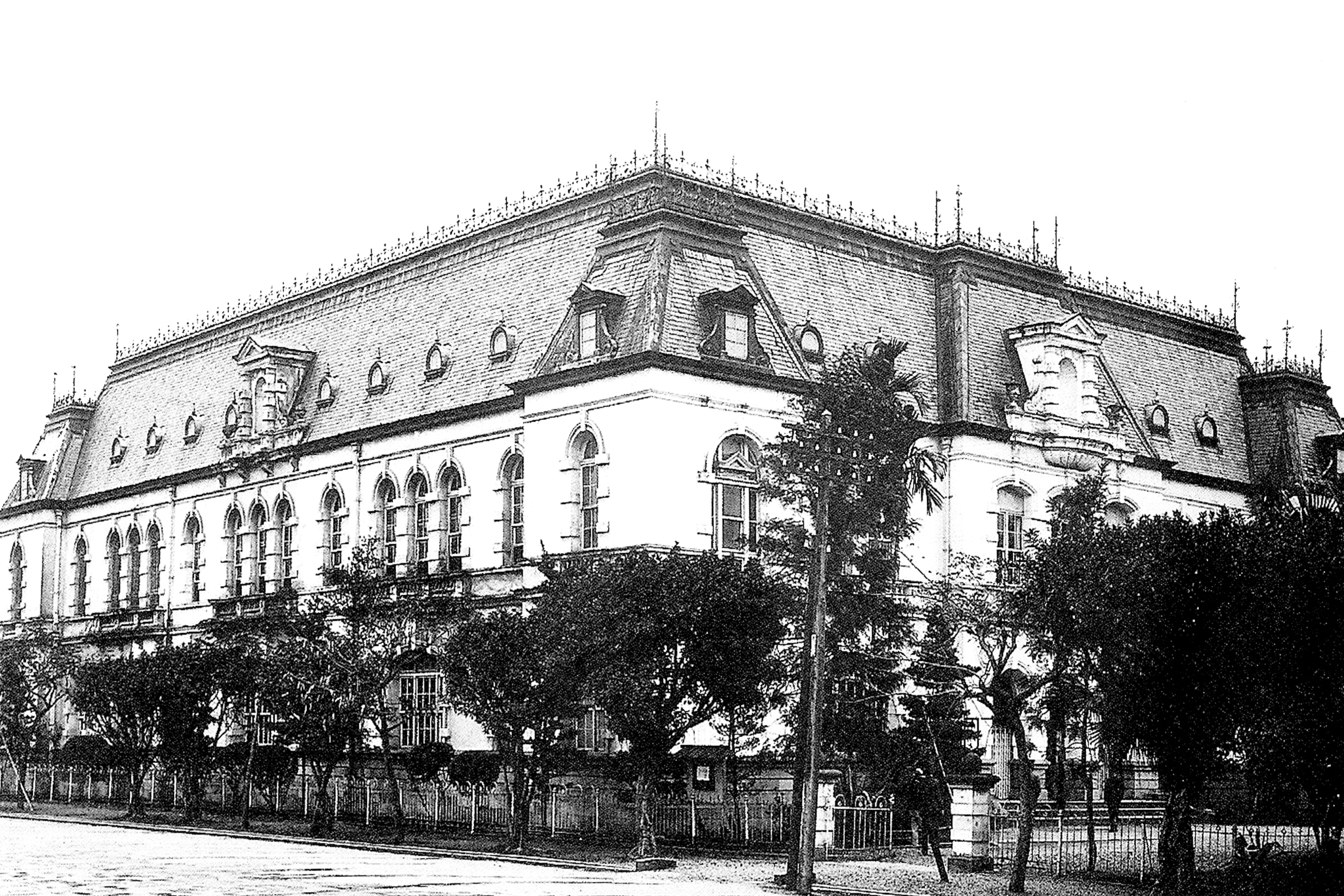In 1908, the Affiliated Museum of Colonization Bureau of the Ministry of Civil Affairs of Taiwan Governor-General Office was founded. First, it came under the jurisdiction of Colonization Bureau because from the end of 18th century to early 19th century, the main purpose of imperialist countries around the world build museums to showcase the resources in colonized regions. The museum, as one of the celebrations of the west coast line opening to traffic, exhibited all kinds of industry in Taiwan so that the visitors would have a general idea of Taiwan. Ushinosuke Mori was in charge of the expo and planning.

When the museum first opened, the Lottery Bureau of Taiwan Governor-General Office, designed by Kondou Juurou, was located at the north side of Bo Ai Building on Bo Ai road. Initially, Taiwan Governor-General Office sold lotteries but was canceled because of the objection from the public. The Colonization Bureau moved to the office of Lottery Bureau and changed it into a place for display. Miyao Shunji, who was the officer of Lottery Bureau but later worked as officer of Colonization Bureau, said that "I think this is a museum of nature and science. We shall collect all species of animal, plants, and mineral in Taiwan and make good use of them as exhibits in a museum. Second, we shall display antiques that are not used anymore. This could be a base for the academic world in the future. If foreigners come to Taipei and they couldn't find a museum that showcases products or a display area that tells the history, they may see Taipei with a scornful eye." In 1908, there were 12 categories of displays, including geological minerals, plants, animals, human tools, history and educational materials, agricultural materials, forestry materials, fisheries, industrial materials, artifacts and trade materials. All fall under the category of history, artifacts, and history antique. These are the basic collection of the museum. After the Lottery Bureau moved out, the museum has served as the library of Taiwan Governor-General Office, but was stuck by air raid at war.